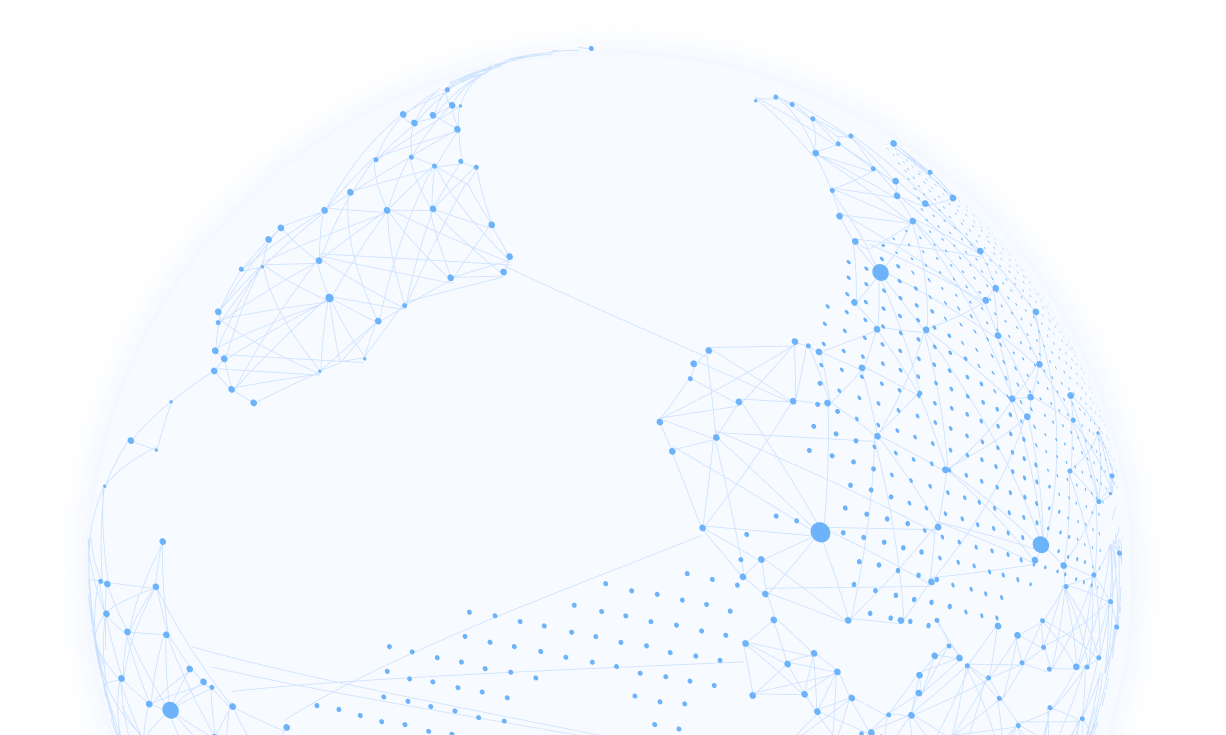Legality of Scraping Amazon

Understand the Legality of Scraping Amazon
Data is the lifeblood of many organizations. Just ask any business in the retail or e-commerce industry that tailors its sales campaigns, marketing strategies, and product and service offerings according to available data. In the e-commerce sector, the lion’s share of this type of data is gathered through web scraping.
As the world’s largest e-commerce website, Amazon is a treasure trove of product data. Many businesses and analysts depend on data extracted from Amazon to make price comparisons, study market trends, gauge consumer sentiment, follow competitors, and inform their sales and product decisions.
It’s in the Way That You Use It
But is scraping Amazon legal? The short answer is “yes.” U.S. courts have predominantly upheld that any data that’s publicly available and not copyrighted is fair game for web scrapers as long as no privacy or any other applicable laws are breached in the process. Generally, the web-scraping restrictions placed on companies have dealt more with the way the data is used than how it’s obtained.
In a notable decision on September 9, 2020, the U.S. 9th Circuit Court of Appeals ruled that web scraping public sites doesn’t violate the Computer Fraud and Abuse Act (CFAA). The decision was made during the trial of LinkedIn against a small analytics firm called hiQ, which relies on LinkedIn as its primary data source. hiQ sought to legalize web scraping and ban technical obstacles. The appeals court decision not only legalized web scraping but upheld a lower court’s decision that prohibits LinkedIn from interfering with hiQ’s scraping of its site.
Choose From a Variety of Web-Scraping Tools
Recent court rulings aside, Amazon strongly discourages data scraping in its policies and page structure. The website’s terms of service prohibit scraping, and Amazon has banned IP addresses used in suspected data scraping.
Despite Amazon’s measures to prevent automatic data extraction, it’s still one of the most scraped websites in the world. There are several ways you can scrape the site. Amazon has its own free API that developers can use to collect large amounts of product data; however, for many businesses, the API doesn’t provide all the data they want or need.
Google web-scraping extensions can help in extracting data from web pages, and there are browser extensions specially designed for scraping Amazon data. But extensions don’t scale well as data needs expanding or when the data field is hidden deeply.
Web scraping software is a more versatile option than APIs or extensions. The software can traverse multiple websites, determine what information is important and what isn’t, and copy the data into a structured spreadsheet, database, or other programs.
Keep in mind that using the same IP to regularly scrape a website for something increases the chance of your IP getting blocked. Also, changes to a site’s pages can break the logic of web-scraping software. Many product pages on Amazon vary in structure. Most scraper software follows a particular structure for extracting HTML information from a page. Unless the scraper is designed to handle exceptions, it might fail if the structure of a page changes, resulting in a lot of unknown response errors and exceptions.
Overcome the Challenges of Scraping Amazon
Amazon doesn’t make web scraping easy. The e-commerce giant is extremely good at detecting actions executed by scraper bots and uses captchas and IP bans to block them. Scraper software and scripts should be configured to mimic human behavior, not repetitive, robotic behavior. Here is what catches the attention of such software:
- Sending too many requests from the same IP address in a short time. This not only signifies bot behavior but also could trigger Amazon to filter your requests for distributed denial of service (DDoS) protection.
- Scraping too many pages too fast (faster than a human could do)
- Following the same pattern while scraping (e.g., making identical requests on different URLs with the same timing, again and again)
Rotating proxies are the best choice for making Amazon believe a human is operating the system rather than a bot. A good web-scraping services provider will enable IP addresses to be used simultaneously and allow you to rotate IP addresses at any time. Spreading your requests over different IP addresses makes them less suspicious. Rotating proxies are also easy to use and hard for Amazon to detect. Sophisticated captchas won’t hinder your data extraction.
Likewise, private proxies are preferred over public ones. No one but you will have access to them, so there won’t be anyone using them for the same purpose. What’s more, there are more pros to using private proxies:
- Much less likely to be banned
- More reliable
- Fetch data faster
- Easier for you to control
A Service Is Your Solution
Amazon is a goldmine of sales, marketing, and product data for businesses in retail, e-commerce, and many other industries. Because Amazon actively tries to prevent automatic data extraction, it’s one of the most challenging sites to scrape. It contains an enormous amount of data that can be arduous and time-consuming for an individual or two to scrape regularly on their own.
Successfully harvesting data on Amazon hinges on a web scraper’s ability to mimic the behavior of a human rather than a bot. You need a scraping solution that delivers all the data your company needs while freeing you up to focus on initiatives that help move you and your business forward.
With a web-scraping service, you get high-quality, reliable data delivered in a familiar format. You don’t need to worry about scalability as your business needs change and data volume fluctuates, or limited software capabilities. No IP bans, blocking, or strings of unknown response errors. Just actionable insights at your fingertips.








